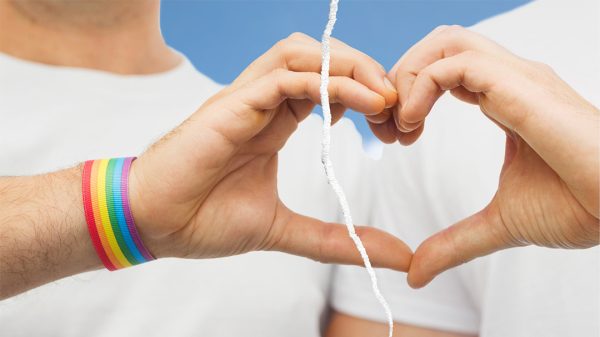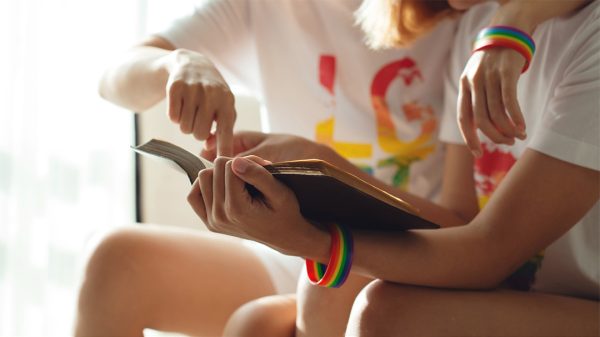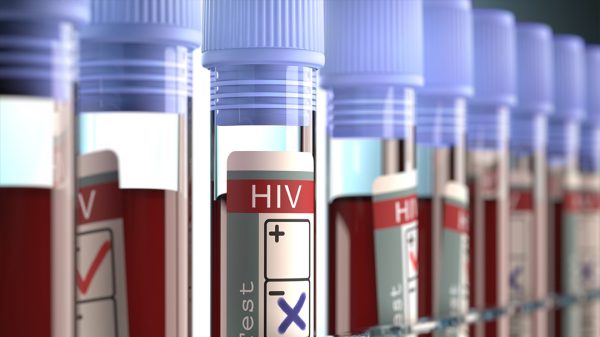From grazed elbows to bruised knees, pain is a common part of childhood. But how do young children learn about pain and make sense of it? The answer may lie in the pages of their picture books.
This is according to a study — “Representation of Pain and Injury in Children’s Picture Books—A Content Analysis” by Dur-E-Nayab Mehar, Sue Nichols, Abbie Jordan, G. Lorimer Moseley, Melanie Noel, Sarah B. Wallwork — that appeared in the European Journal of Pain.
In this study, the researchers analyzed hundreds of popular children’s picture books, and they found that pain and injury are depicted in about one in five stories, with the most common experiences being bumps, grazes, or falls. Yet the ways in which pain was represented varied significantly between boy and girl characters, with outdated gender stereotypes persisting across storylines.
For example, not only were boys more likely to experience pain (53%) than girls (29%); but girls were more likely to cry (78%) when faced with pain than boys (22%).
Additionally, when characters were shown helping others, boys tended to offer advice or problem-solve, while girls were more likely to provide comfort and support, reinforcing the notion that girls are nurturing, and boys are practical.
Interestingly, the study also found that prosocial behavior, such as helping or comforting others when they were hurt, was surprisingly rare. When help did occur, it was more often physical assistance than emotional support. Furthermore, there were more passive bystanders who observed pain (60%) than characters who responded to it (28%).
According to lead researcher Wallwork, while picture books present powerful opportunities for children to learn about the world, they can also be limiting when they perpetuate unhelpful messaging about pain, including gendered stereotypes.
“Shared reading provides important opportunities for young children to understand the world, including what to do when injured or in pain, or to have empathy and provide assistance when another may be hurt,” Wallwork said.
“When picture books show boys brushing off injuries or girls tending to others, we risk reinforcing narrow social scripts about empathy, resilience, and care. Children internalize what they see. When boys are presented as stoic, it may encourage them to conceal their pain – a behavior that has been linked to an increased vulnerability to pain later in life.”
Similarly, Wallwork added, “when girls are consistently portrayed as carers, it reinforces expectations that empathy and nurturing are ‘female’ traits.”
Co-researcher Mehar said that parents and educators can use shared reading to challenge these messages.
“By being mindful of the stories we share, we can start meaningful conversations with children about empathy, care and how to respond to others when they are injured or in pain,” Mehar said. “Asking questions like ‘How do you think that character feels?’ or ‘What else could they do to help?’ can open up valuable discussions about both physical and emotional support.”
For Mehad, children need to learn that it’s okay to feel pain, to express their emotions in healthy ways, to care and respond to others thoughtfully, kindly and in practical ways, regardless of gender. “Perhaps then, the stories we share with children will help nurture compassion and empathy – where pain is acknowledged, support is given, and children grow in their ability to offer this support to others.”






























































